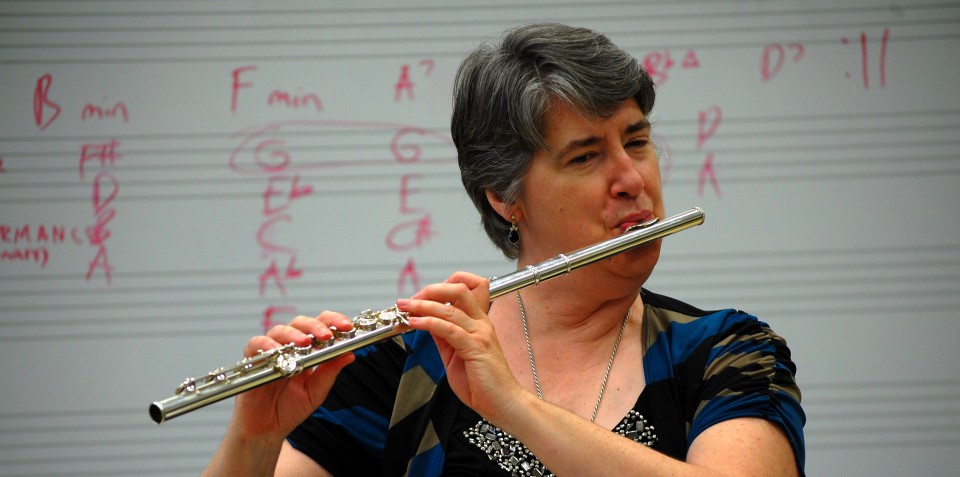Many years ago, there was a high school student in my flute studio who reported to me that she was practicing three hours a day. Her friends that I knew also reported that she practiced a lot, several hours daily, during study halls and lunch. She was always practicing. What surprised me was that she was not a good flute player by any stretch of the imagination. Her tone seemed immature for her age and her rhythm skills were very weak. How could she be spending so much time in a practice room with so little to show for the effort?
Determined to get to the bottom of what was going on with this student, I questioned her further. She came from a family that had a lot of musicians and she felt she was expected to follow the family tradition and be a musician too. She was taught and believed that you had to put in the time to become a good musician. She also was really unhappy with what she was doing. In working with her, I discovered she had absolutely no process to her practicing. It was just playing through things over and over. It had never occurred to her that she needed to be evaluating what she was doing, identifying and solving problems, in order for her practice time to help her become better at playing the flute and learning to be a musician.
When you tell a student they need to practice, be sure you give them the tools they need to practice effectively. Virtually every day, kids demonstrate to me that they have no idea what practicing entails. My tongue-in-cheek analogy for this kind of “practice” is the “piñata approach”. Put on a blindfold and have someone spin you around until you are dizzy. You are given a big stick with which you then flail about wildly in the hopes that you hit something. Hilarious at a party, but useless as a strategy for mastering any of the skills needs to play an instrument well.
Here are practice tools that I offer my own students:
- Teach the student that they must have a plan, set goals, solve problems and implement the solutions.
- Provide flute specific exercises for tone, technique and articulation
- Help them develop their own concept of good flute playing through modeling good playing for them by my own demonstration, as well as videos and recordings available online.
- Teach them to evaluate themselves without judgement by asking themselves how they measure up to their own concept of good flute playing
- Help them devise remedies for areas of their playing with which they are dissatisfied.
- Show them how they can learn more quickly by breaking things down into bite-sized pieces, often called “chunking” in today’s parlance.
- Teach the students musical phrasing and inflection (strong and weak beats, pickup notes, so-called Curtis/Kinkaid groupings). Practice the chunks in a musical way.
- Walk the student through these concepts as many times as needed until they develop the personal habits to do this for themselves.
It takes more effort to teach this way than to teach by rote. When a student understands what they are doing and why, it fires their imagination and they start being more creative in their practicing. That is when you see them start to really make progress in their playing. This is what makes the extra effort pay off both for you and your students.
If you find these entries helpful, subscribe, share with your colleagues and come back regularly for more flute tips. Please comment and feel free to ask questions. What do you want to know about flute pedagogy? Maybe the answer to your question will be the next flute tip. Find me on Facebook or email me your questions at dr_cate@sbcglobal.net. For information about clinics and workshops click here.

Pingback: Favorite blog posts, September 2015 | Bret Pimentel, woodwinds
Fine article. I have discovered the same strategies and they work for me. I found myself telling students to practice-but not explaining the structure, or approach. I believe goal setting for practice sessions is very important as we are all time challenged these days. I remind students that even if they have a little time, practicing some is better than none. After a quick warming up, ask yourself “what is the most important thing I need to work on NOW- a short passage, a concert piece problem area? What is the biggest priority TODAY?” Work below the performance tempo for accuracy and then add the dynamics and expression is a very simple plan. Also very important, even for my own sessions. If I am tired I am wasting my time practicing;it will be counter-productive. Better to practice in a few short sessions than a long one. Practice problem areas and insert them into a section run through. chunking helps a lot!! In closing, I have to agree with you: we must teach them how to practice to see improvement.
LikeLike